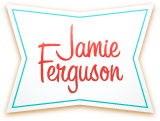Under the book cover
Designing a book cover is a lot of work. Fortunately for me, Andrew is doing all of the hard stuff. I can look at an image and point out things I like or dislike, but coming up with the content in the first place is excruciatingly difficult for me. Last weekend hammered this point home,…
